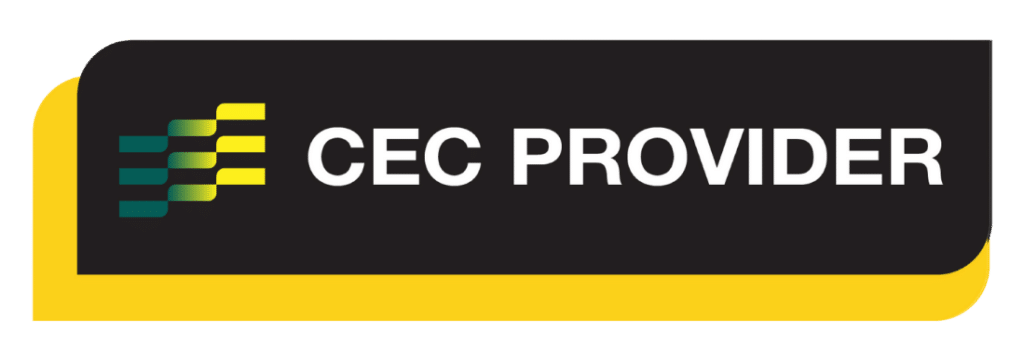Mat Repertoire
Warm Up:
Back Extension Preparation
Alternate Names
Basic Back Extension, Thoracic Extension
Derived From
Mat Pilates: Swan
Primary Element
Warm
Why for Primary?
To develop range of motion in thoracic extension and warm up the back extensor muscles for further work in the program as well as develop control in the abdominal muscles transversus abdominis to create pelvis and torso stability.
Secondary Element
Mobility
Why for Secondary?
To develop range of motion in thoracic extension.
Tertiary Element
N/A
Why Tertiary?
N/A
Repetitions
8-10
Plane of Motion
Abdominal muscles – primarily transverse abdominis to assist in torso stabilisation throughout the movement.
Back extensors or the thoracic erector spinae group, primarily
- Iliocostalis
- Longissimus
- Spinalis – the main extensor (backward bending) muscle of the thoracic spine, located on either side of the vertebral column
Targeted Muscles
This exercise may be unsuitable for clients where lying prone is contraindicated. It can be done standing or sitting on a chair, watching for pelvis stability throughout and avoiding overextending into the lumbar spine.
The exercise may be difficult for clients who present with tight chests or pectoralis muscles. Pectoralis release work or stretches may be beneficial before this exercise to assist with range of motion.
Warnings
Lie prone on the Mat with the sternum at the front edge. Place the hands resting on the Mat or floor at shoulder width apart.
Inhale to lift the head, lengthen the crown of the head, lift the chin, then peel the sternum up off the Mat, keeping the bottom of the rib cage in contact with the Mat. Exhale to reverse the steps back to the starting position.
Execution
Do a body scan of the client taking note of the following points
- Head and Neck
- Is the back of the neck long and crease free? A slight retraction of the neck with the chin tucked can help avoid straining the neck
- Pelvis
- Are the hip bones even horizontally or is the client leaning to one side?
- Is the client about to keep a posterior tilt throughout with the pubic bone pressing into the Mat? Avoiding over extending in the lumbar spine?
- Legs
- Are the legs relaxed and dropped out to the side?
Observations
Auditory – word associations that connect mind and body
- Engage the thoracic back extensors prior to moving, keeping the forearms and wrists firm and the fingers pointing forward
- Bias the pelvis towards a slight posterior tilt in order that you can avoid extending the lumbar spine
- Say the client’s name when you’re about to interact with them
Visual
- Imagine a turtle coming out of its shell, lengthen the neck as you lift into thoracic extension
- Imagine each step of back extension like a Ferris wheel. Each stage lifts higher due to the addition of the next step, rather than changing the position once it’s created
- You may demonstrate a part of the movement as a visual representation for the client to see
Kinaesthetic
- Feel the spine lengthening through the crown of the head and the sternum peeling off the Mat
- Feel the scapula (shoulder blades) naturally moving down as the torso lifts
- Inhale to expand the lungs and rib cage creating space and height, exhale to return back down
Learning Style Technique Cues
Auditory – word associations that connect mind and body
- Engage the thoracic back extensors prior to moving, keeping the forearms and wrists firm and the fingers pointing forward
- Bias the pelvis towards a slight posterior tilt in order that you can avoid extending the lumbar spine
- Say the client’s name when you’re about to interact with them
Visual
- Imagine a turtle coming out of its shell, lengthen the neck as you lift into thoracic extension
- Imagine each step of back extension like a Ferris wheel. Each stage lifts higher due to the addition of the next step, rather than changing the position once it’s created
- You may demonstrate a part of the movement as a visual representation for the client to see
Kinaesthetic
- Feel the spine lengthening through the crown of the head and the sternum peeling off the Mat
- Feel the scapula (shoulder blades) naturally moving down as the torso lifts
- Inhale to expand the lungs and rib cage creating space and height, exhale to return back down
Modifications and Variations
Regress the exercise by
- Standing or sitting on a Pilates box or a chair and creating the movements without the pull of gravity
- Reduce the repetitions and/or pace
Progress the exercise by
- Increase the repetitions and/or pace
- Increase the range of motion
- Lie on a less stable or smaller surface, for example a Pilates box in the ‘short box’ or horizontal position, or lying vertically on a 90 cm foam roller with the knees on the Mat either side of the foam roller
- Reach the arms forward and above the shoulders or take them to a T position with the hands in line with the shoulders. Over time a resistance band could be added to this movement, holding onto each end of the resistance band with a hand so there is tension on the resistance band the whole time
- Work towards Back Extension: Swimming Arms
- Work towards Back Extension: Swimming Legs
- Work towards Back Extension: Single Leg Kick
Series and Transitions
This exercise is part of the Swimming series which includes a range of other exercises in the fundamental and progressive repertoire. The Swimming series can also be found in the Reformer and Barrel repertoire.
Transition to Back Extension: Swimming Arms by lifting the arms off the Mat, leaving the spine in a neutral position (as opposed to thoracic extension) and keeping the legs relaxed.
Inspired Academy follows the order to create mobility before building strength
Fundamental repertoire
- Warm Up: Back Extension Preparation
- Back Extension: Swimming Arms
- Back Extension: Swimming Legs
- Back Extension: Single Leg Kick
Progressive repertoire
The Swan Dive is also a Back Extension exercise in the classical repertoire that could be added to the sequence.

